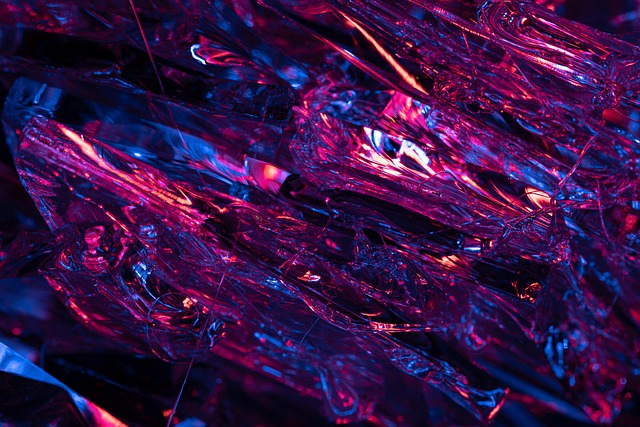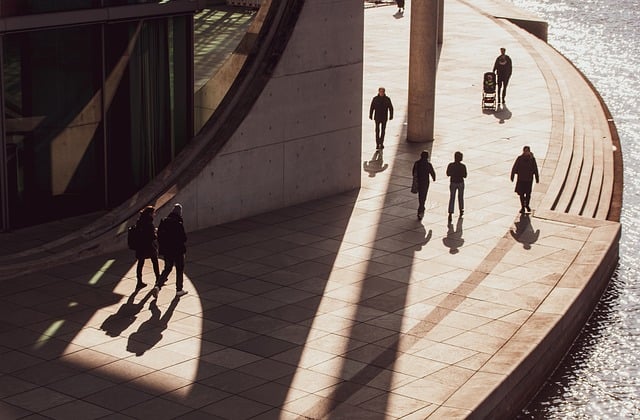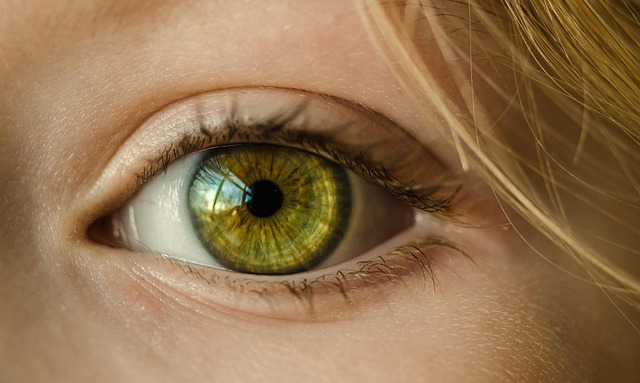Exploring Abstraction: Art and Design in Painting
Abstraction in painting is a vast universe of colors, shapes, and emotions that liberates the artist and invites the viewer to linger in a moment of reflection. This genre is not merely a rejection of reality but an invitation to discover deeper meanings and subjective experiences. In the realm of art, abstraction encourages free expression and sparks the imagination, illuminating paths that traditional representation cannot.
At its heart, abstraction encapsulates the spirit of creativity. It allows artists to strip away the unnecessary, focusing on fundamental aspects of their subjects. By distilling their ideas into forms and colors, they transcend the literal and venture into a space where emotions reign supreme. Each brushstroke is a decision, layering feelings and thoughts onto the canvas, ultimately compelling the audience to interact with the artwork on a personal level.
The beauty of abstract painting lies in its capacity to evoke emotions. Unlike representational art that often tells a specific story, abstraction leaves room for interpretation. For many viewers, encountering an abstract piece can be a transformative experience—what do those colors mean to you? How does the interplay of shapes resonate with your own feelings or life experiences? These questions cultivate a personal dialogue between the observer and the artwork, allowing each individual to derive their meaning from the chaos.
Design plays an integral role in abstraction, as it governs the way elements are arranged, manipulated, and expressed. The composition in an abstract painting must be intentional yet spontaneous. Artists often impose their design sensibilities onto their work, balancing form, line, and color to create harmony or tension. This careful orchestration does not just enhance the aesthetic appeal but also serves to convey the artist’s emotional narrative. Whether it’s through bold, contrasting hues or softer, more muted palettes, each design choice adds a layer of depth that invites exploration.
When we talk about abstraction, we also celebrate innovation. Artists like Wassily Kandinsky or Piet Mondrian redefined norms, paving the way for new movements within the art world. Their exploration of color theory and geometric shapes sparked an evolution that resonates to this day. Modern artists continue to push boundaries, finding inspiration in digital technology, mixed media, and even unconventional materials. The abstraction in painting is ever-evolving, reflective of contemporary issues, personal experiences, and cultural dialogues.
In the comforting embrace of abstraction, both artists and viewers find refuge. It strips away the complexity of life, allowing a moment of pure aesthetic pleasure. Artists paint their truths, and as they do, they discover themselves, while viewers embark on a journey of self-discovery. The beauty of abstraction lies in its universality; it transcends language and culture, inviting everyone to interpret the world through a unique lens. No two experiences with an abstract piece will ever be the same, making it a timeless form of expression that continues to fascinate and inspire.
As we delve into this enchanting world, we realize that abstraction is not merely a style; it is a way of seeing and experiencing the world. Through the lens of art and design, we uncover layers of meaning that speak to our emotions and experiences, allowing us to connect with each other and the world around us in profound ways. So let’s explore, interpret, and embrace the magical chaos that abstraction brings into our lives, celebrating the freedom it offers to create and feel.



